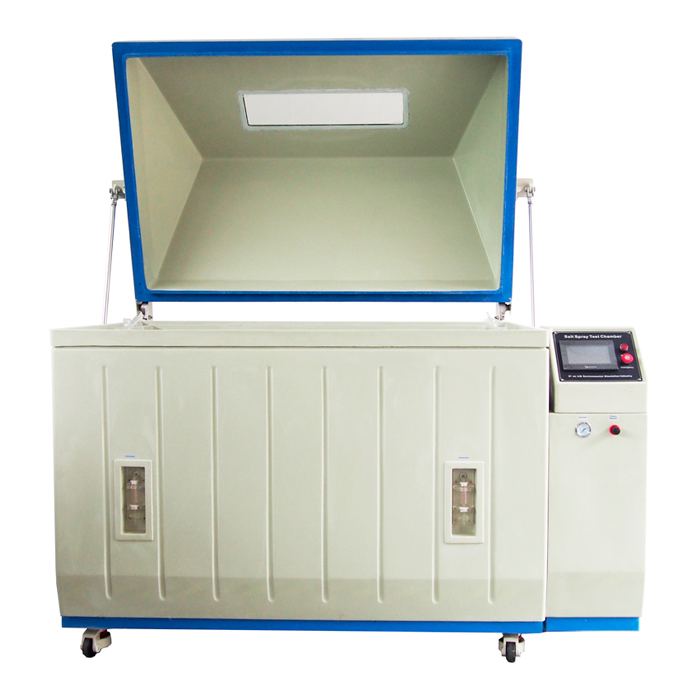Understanding Salt Fog Distribution in Corrosion Testing
Corrosion testing plays a crucial role in determining the durability of materials exposed to harsh environments. One widely used method is the salt fog test, which simulates marine and industrial conditions. However, achieving uniform salt fog distribution is essential for accurate and repeatable results. This blog explores how salt fog spreads within the salt fog test machine and its impact on corrosion assessments.
The Science Behind Salt Fog Generation and Its Impact on Corrosion Rates
Salt fog is created by atomizing a saline solution into a fine mist, which then settles on test specimens. This process replicates real-world exposure to corrosive conditions like coastal air or industrial pollutants. The interaction between salt particles and metal surfaces accelerates oxidation, helping manufacturers predict material longevity. However, inconsistent mist distribution can lead to unreliable results, making precise control essential in corrosion testing.
How Salt Fog Density Affects Corrosion Testing Accuracy and Repeatability?
The density of salt fog directly influences how corrosion develops on test samples. Too much fog can cause excessive salt buildup, leading to unrealistic deterioration rates. Conversely, insufficient fog may not replicate real-world exposure effectively, underestimating corrosion risks.
For accurate testing, the fog density must be carefully regulated. Studies show that maintaining a consistent salt concentration of 5% NaCl and a pH range of 6.5 to 7.2 ensures reliable results. Additionally, ASTM B117, the most widely followed standard for salt spray testing, emphasizes uniform fog dispersion to prevent localized corrosion variations. Without this balance, test outcomes can be misleading, making it difficult to compare material performance across different environments.
Factors Influencing Uniform Salt Fog Distribution in Salt Fog Test Machine
Achieving uniform salt fog distribution depends on several factors, including salt fog test machine airflow, nozzle positioning, and temperature control. Uneven distribution can lead to inconsistent corrosion patterns, affecting test reliability.
- Air Circulation: Proper airflow ensures that salt fog is evenly dispersed throughout the chamber. Poor circulation can cause fog accumulation in certain areas while leaving others underexposed.
- Nozzle Configuration: The placement and design of atomizing nozzles influence how mist spreads. A well-positioned nozzle reduces turbulence and prevents excessive salt deposition in specific areas.
- Temperature Stability: Maintaining a consistent chamber temperature (usually 35 °C ±1 °C) is critical for preventing condensation, which can alter the salt fog's distribution.
- Humidity Control: Excess humidity can cause salt particles to settle prematurely, leading to uneven coverage on test specimens. Advanced salt fog chambers use dehumidifiers or controlled airflow to mitigate this issue.
The Role of Salt Fog Test Machine Design in Achieving Consistent Salt Fog Distribution
The design of a salt fog test machine plays a crucial role in maintaining uniform fog distribution. Advanced chamber designs incorporate specialized features to ensure consistency across multiple test runs.
- Automated Fog Generation Systems: High-quality machines use precision nozzles and air pressure controls to generate a consistent mist. These systems prevent over-saturation or under-formation of salt fog.
- Optimized Chamber Geometry: The shape and size of the chamber influence airflow patterns. A well-designed chamber minimizes dead zones where fog may not reach test samples evenly.
- Corrosion-Resistant Interiors: Using non-reactive materials like fiberglass-reinforced plastic (FRP) or polypropylene prevents chamber walls from affecting test results.
- Integrated Sensors and Monitoring: Modern salt fog chambers feature real-time monitoring of fog density, temperature, and humidity. This ensures compliance with international standards like ISO 9227 and ASTM B117.
LIB Salt Fog Test Machine
LIB Industry offers high-performance salt fog test machines designed for precise and reliable corrosion testing. Our chambers feature:
- Uniform Salt Fog Distribution: Advanced atomization technology ensures even mist coverage for accurate results.

To make the salt solution even, LIB added a stirring system to the salt tank
- Automated Control Systems: Digital monitoring and programmable settings allow for precise test conditions.
- Durable, Corrosion-Resistant Construction: Built with high-quality materials to withstand long-term exposure to saline environments.
- Compliance with International Standards: Meets ASTM B117, ISO 9227, and other global testing regulations.
With LIB's cutting-edge salt fog test machines, manufacturers can confidently assess material durability and improve product longevity. For more information or a customized solution, contact us at ellen@lib-industry.com.
References
1. ASTM International. (2020). ASTM B117 - Standard Practice for Operating Salt Spray (Fog) Apparatus.
2. ISO. (2017). ISO 9227 - Corrosion Tests in Artificial Atmospheres - Salt Spray Tests.
3. Shreir, L. L. (2013). Corrosion: Volume 1: Metal/Environment Reactions. Elsevier.
4. Fontana, M. G. (2005). Corrosion Engineering. McGraw-Hill Education.



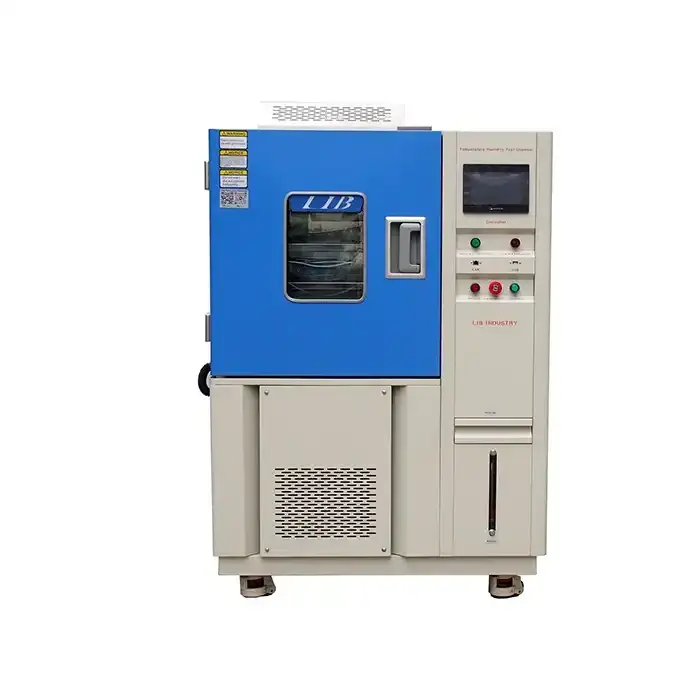
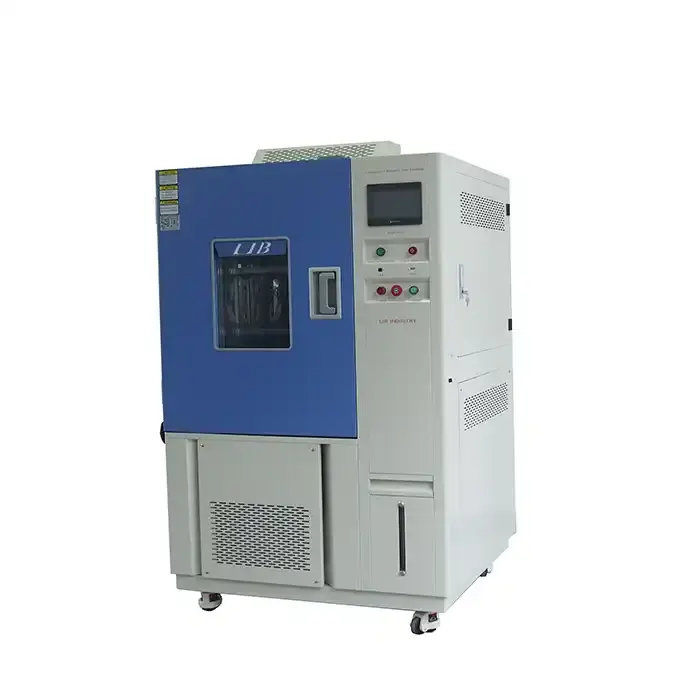
.webp)
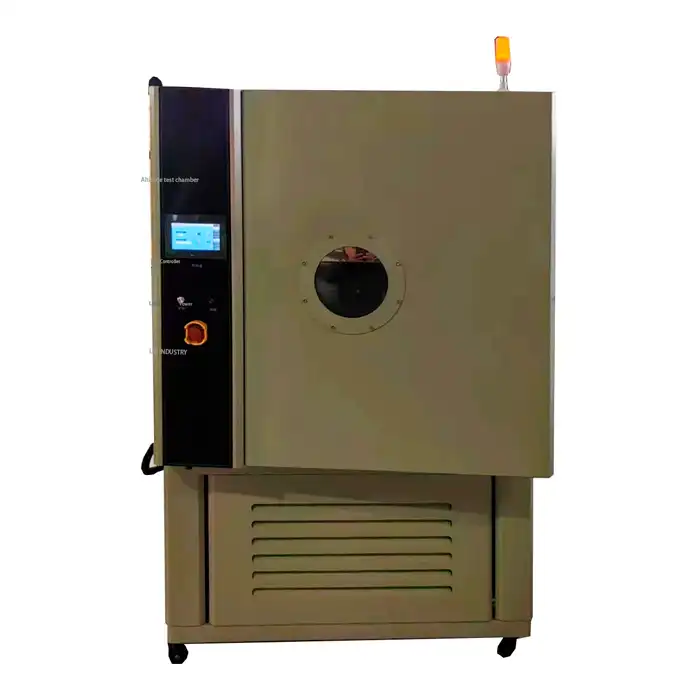
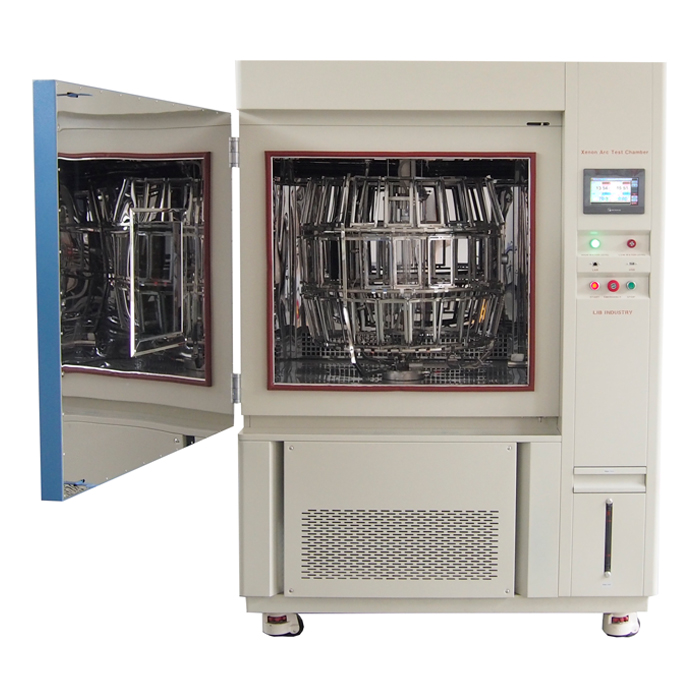
.webq.jpg)
